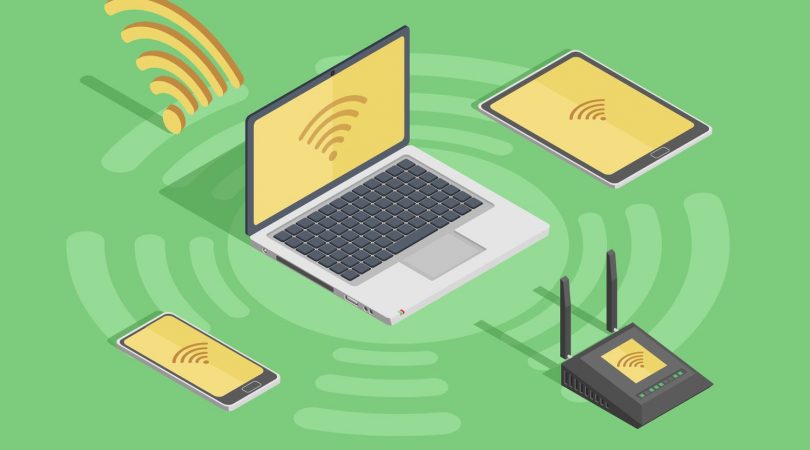 The relentless march of progress in internet technology keeps unveiling a plethora of user-friendly features and connectivity improvements on a worldwide scale. But let’s focus on a true game-changer: the rise of 4G technology, which has propelled mobile internet providers like the trailblazing UbiFi to the forefront of delivering swift and dependable internet services to remote rural regions. Internet for rural areas is made possible by tapping into the extensive network of cell towers scattered across the American countryside.
The relentless march of progress in internet technology keeps unveiling a plethora of user-friendly features and connectivity improvements on a worldwide scale. But let’s focus on a true game-changer: the rise of 4G technology, which has propelled mobile internet providers like the trailblazing UbiFi to the forefront of delivering swift and dependable internet services to remote rural regions. Internet for rural areas is made possible by tapping into the extensive network of cell towers scattered across the American countryside.
What distinguishes mobile internet is its exceptional capacity to minimize delays, a remarkable attribute attributed to its inventive method of signal transmission. In contrast to traditional providers that rely on physical cables for connections, cell towers, even when positioned in the most secluded rural areas, make use of the wonders of wireless transmission technology. This gives mobile internet a clear advantage over satellite-based alternatives, particularly when it comes to reducing delays. With strategically placed cell towers near rural communities, the time required for signals to travel is significantly shortened. This stands in stark contrast to how the best satellite internet service providers operate, as they transmit signals from high in the sky, inevitably introducing delays into the equation.
Furthermore, mobile internet, including the robust services provided by UbiFi, emerges as a financially prudent choice compared to satellite-based solutions, especially when considering the substantial upfront costs linked to satellite dish installations. Opting for a mobile internet provider like UbiFi that covers your area with connectivity unlocks access to fast, low-delay internet tailored to your unique requirements. To further solidify this pathway, a careful examination of internet plans may lead you to discover unlimited 4G rural internet options, ensuring uninterrupted access whenever you need it.


 Students in rural areas without reliable access to
Students in rural areas without reliable access to 
 If you live in rural America, you may be wondering how to get the fastest possible
If you live in rural America, you may be wondering how to get the fastest possible 
 Many factors can influence which provider you pick from the
Many factors can influence which provider you pick from the 
